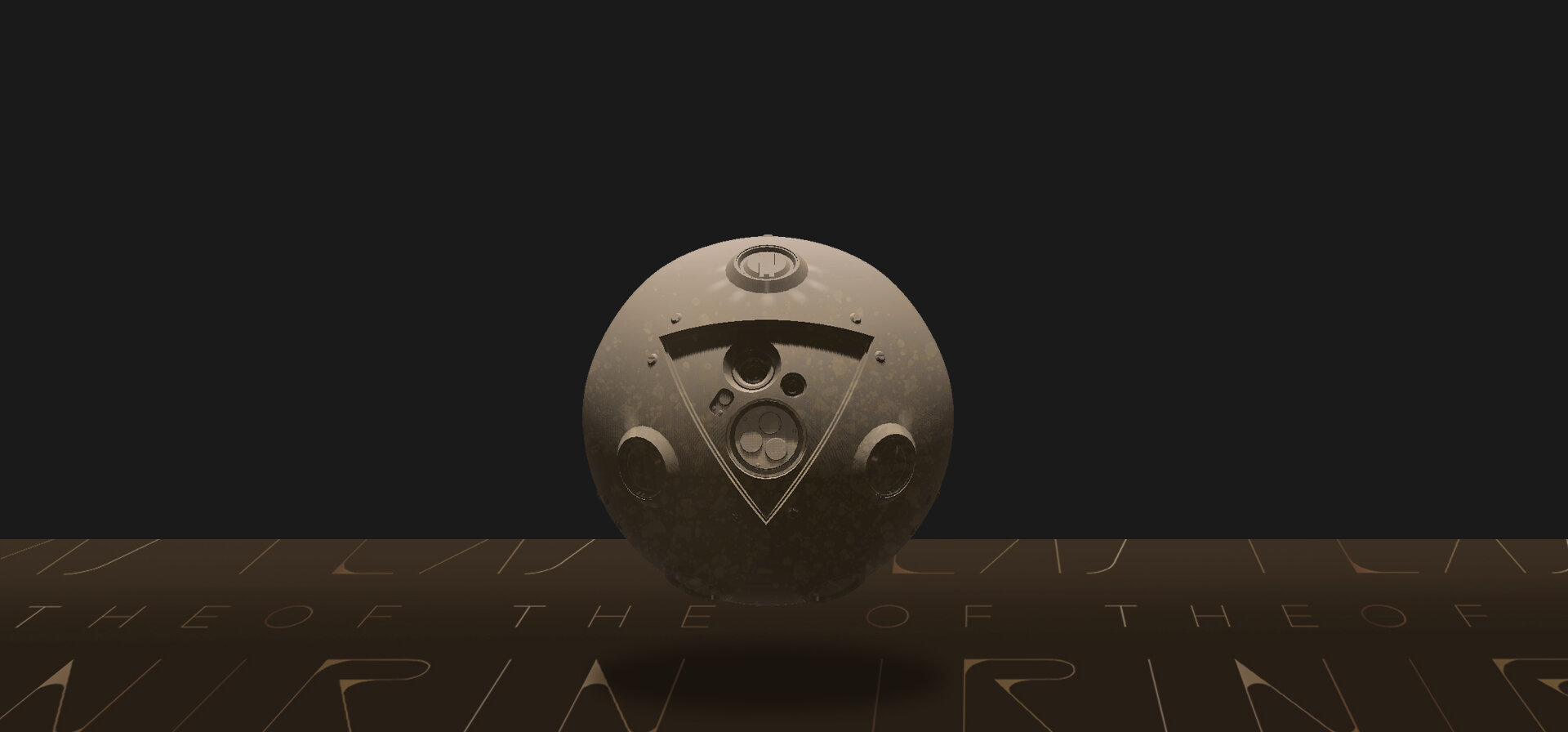During tough economic times, even indentured Irin would prove too costly. There were minimum levels of biosafety, hours, and remuneration built into the contracts. Owners began looking at ways around these legal limits.
Blending the DNA of Irin with the DNA of livestock, it was possible to create new species that fell outside the definitions of a being under the law. They were simply tallied in the company’s inventory as pack animals. Not a vassal or slave, these workers had no legal rights at all, and were viewed as property. These creatures were given the derogatory name mules. Mules were often sterile in the early days. Exotics, like half man half fish, or minotaurs, half man half bull, were at best, entertaining. The challenge was that most of these mongrel creatures were infertile, unable to breed, and soon died out. This problem made the exercise impractical and expensive. Mixed breeds could also be stubborn, stupid, and lazy, creating more work for the Irin in supervision, than they offered economically. Others proved rebellious, and Irin would be killed during unexpected insurrections. Too many Irin deaths, and a mining operation could be shut down by the courts. Indentured contracts would become impossible to renew, or ruinously expensive. Ideally, mules needed the right temperament; subservient yet thoughtful; hardworking yet calorie efficient; and an ability to understand complex instructions.
Companies developed research departments that specialized in this work. Skilled breeders were in high demand. Beyond producing good, cheap workers, the best breeders could offer a product with two important features. Firstly, companies sought species that could breed frequently, ensuring an unlimited supply from a small, well-managed, purchased stock. Secondly, one that provided compatible stem cells and growth factors that could be harvested from their blood for the Sirusian senior management, or their elite Irin. This avoided the difficulties of shipping these expensive nutrients in with their short shelf life. Compatible stem cells were essential to ensure the team’s longevity. Without them a Sirusian’s life span would shrink from 4000 to 500 years.
This last criterion meant that breeders were always pushing the legal boundary of the DNA regulations. Implanting ‘interrupters’ that would change the sequencing of the DNA, without changing the compatibility, was one in an arsenal of tricks used to reduce the qualified DNA. Although illegal, many breeders would even use pure Sirusian DNA. Playing with the alignment, and annealing of the oligonucleotide fragments, they could still come in under the legal limits. This ensured finer stem cell supplies for the discerning customer, and the authorities generally turned a blind eye.
Naturally, the relationship between Irin and their mules was a complex one. The Irin appreciated being able to give the most arduous work to their mules, but they felt threatened when mules were given work ‘above their station’. On earth the preferred breeding stock was homominae. With species of chimpanzee, gorilla, bonobos, and gibbons the DNA source of choice.
With the passing of each millennia, the gap between advances in new breed capabilities, and a deteriorating existing inventory, would begin to widen. At a certain inflection point, owners would need to review the efficacy of upgrading the mules, a process known as Mule Replacement Protocols.
